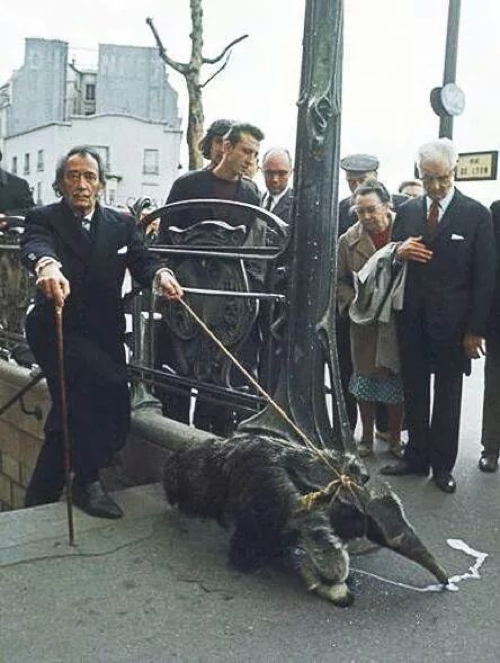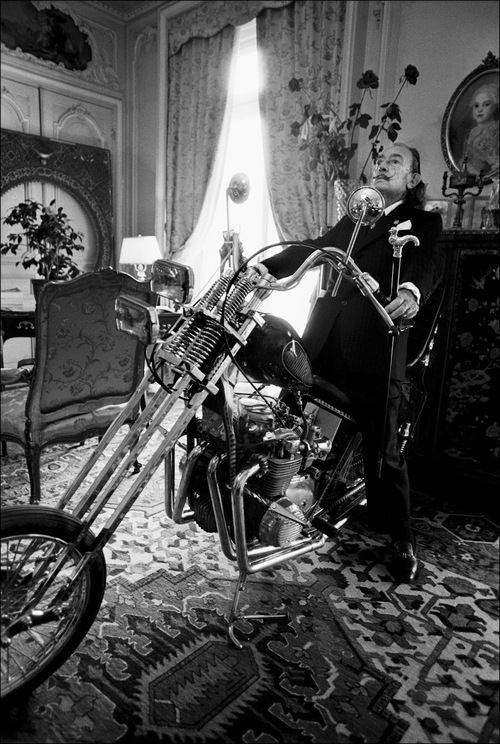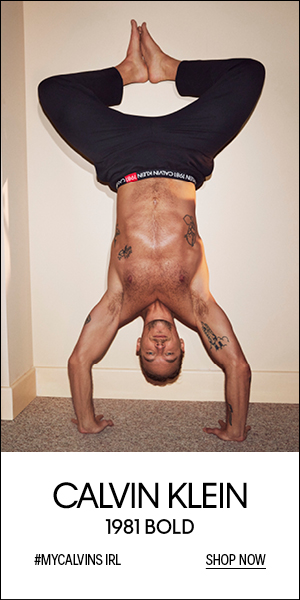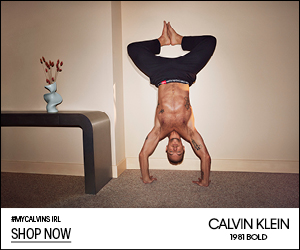There’s a lot to be enthralled about when looking at the life of one of the most renown, and kookiest surrealist artists Salvador Dalí. Beyond his belief that he was the reincarnation of his dead brother, or his renown exclamation that “I don’t do drugs. I am a drug”, he was in fact also quite notorious for actually making money from his eccentricities, as well as his art.
Nicknamed “Avida Dollars”, an anagram for “Salvador Dalí” and roughly translated to mean “eager for dollars”, by the founder of Surrealism André Breton, Dalí was known to commercialise not only his work but his image during his emerging cultural fame.

Expelled from the Surrealist movement by his Communist-linked peers for his capitalist motives, even more bazaar tales exist of how he sold a strand of his mustache hair to Yoko Ono for $10,000. The hair was never sent, and instead a piece of grass was delivered, as Dalí feared Ono would use the DNA encrusted fibre to commit some type of witchcraft.
He was renown for paying large restaurant bills with doodles on the cheque (that he knew would never get cashed), and performed in Latvian chocolate commercials, but most fascinating is his little known inclusion in our modern consumerist experience, as the guy who designed the Chupa Chups logo.

The Catalan lollipop was named from the Spanish Chupar, meaning ‘to suck’, after the unsuccessful attempt of branding it “GOL”, drawn somewhat horribly on the analogy of the candyball landing in the [goal]mouth of the consumer.
After the name rebrand, founder and owner Enric Bernat [and creator of the lollypop!] needed some flashy design to get his product out there. One day in 1969, Bernat was complaining about his struggles to come up with the right image for his newly created sugar on a stick treat, whilst having coffee with none other than his friend Salvador.
Dalí agreed to take on his friends graphic needs and got to work immediately, sketching his now iconic daisy design, which has changed little in the past 47 years. He insisted that the logo be placed on top rather than the side, so that it could always be viewed intact, a move revered by marketers and apparently groundbreaking.
Dalí died in 1989 at the age of 84, leaving the entirety of his $130m fortune to his beloved country of España.



Words by Carlos Danger













